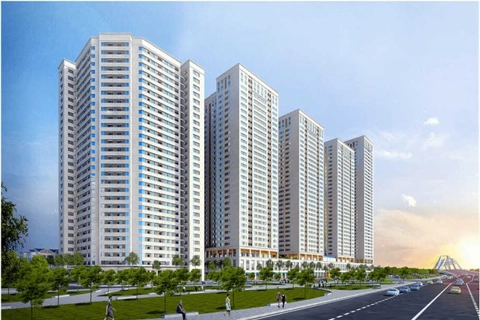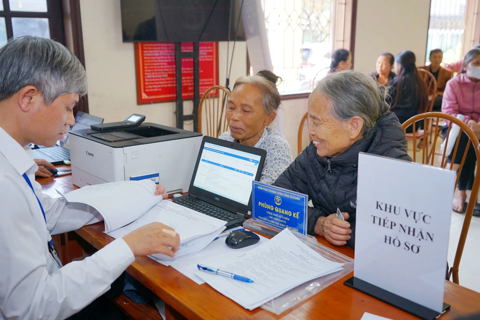Vietnam tightens social housing rules, orders recovery from ineligible recipients
The prime minister has issued a new directive that requires authorities to recover social housing units sold to ineligible recipients and strengthen enforcement to prevent fraud and abuse.
13 Dec, 04:26 PMHanoi opens applications to buy former rental social housing units
Social homes having been rented for two years on the city's outskirts are now available for public interest.
13 Dec, 11:24 AMHanoi puts all land information services online to modernize public administration
Hanoi shifts all land-information procedures to a fully online platform, speeding up digital transformation, reducing costs and expanding transparency for residents and businesses.
10 Dec, 03:59 PMSurging housing prices trigger urgent calls for stronger market and policy reforms
Vietnam faces steep housing price increases due to shrinking supply, rising speculation and slow legal reforms, prompting a call for urgent policy action and expanded affordable housing.
09 Dec, 02:55 PMHanoi apartment market heads for major supply surge beginning in 2026
Hanoi’s apartment market is entering a new growth phase with a strong supply wave expected from 2026 as major projects launch across all segments from social housing to high-end developments.
28 Nov, 07:00 PMTwo social housing projects offered for sale as Hanoi strives to meet mounting demand
Hanoi launches sales for CT-05 and CT-06 social housing projects in Quang Minh Commune, offering low-cost units as the city faces rising housing pressure.
28 Nov, 01:29 PMVietnam creates National Housing Development Fund to boost social housing supply by 2030
Vietnam has taken a major step toward expanding affordable housing by establishing the National Housing Development Fund, a new financial mechanism designed to accelerate social housing development and stabilize the property market.
20 Nov, 02:59 PMHanoi to see sharp jump in land prices under new 2026 pricing framework
The sharp increases raise concerns over affordability, investment risks and shifting market behavior as land values climb across diverse areas of the city.
19 Nov, 05:37 PM









